Latest Tutorials

Using the Help Command in Linux
This article will 'help' you use the help command more effectively so that you can easily see what options a command has and how it works.
· Sagar Sharma
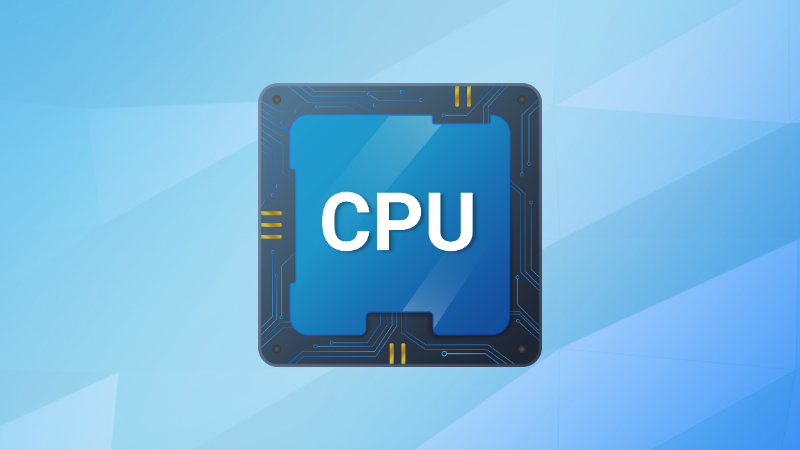
How to Check CPU Usage in Linux Command Line
As a sysadmin, it is important to keep a tab on the CPU usage. Here's how to do that in the Linux terminal.
· Helder
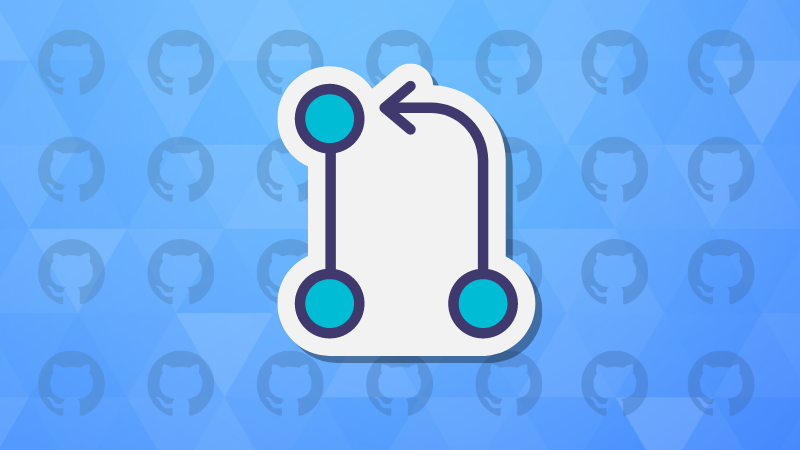
How to Submit a Pull Request on GitHub
In this GitHub primer series, learn about submitting a pull request and contributing to open source projects.
· LHB Community
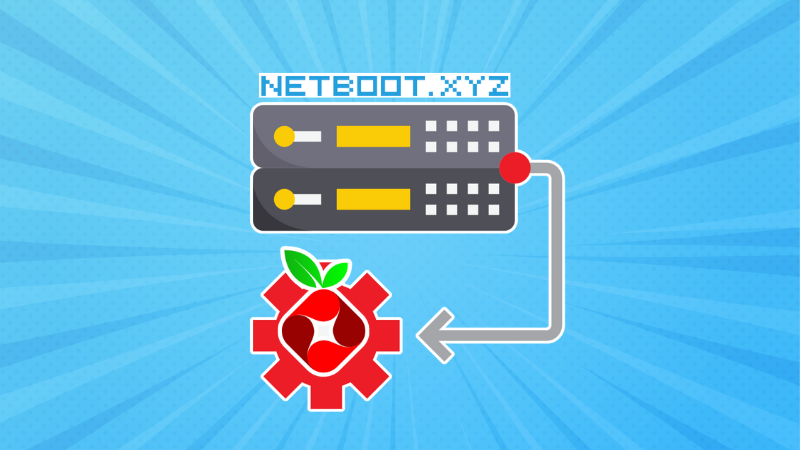
Creating a Netboot.XYZ server using Pi-hole to Install Linux Distros Over Network
A homelab setup where you can boot new Linux distros without creating live USBs again and again.
· Doron Beit-Halahmi

7 Best Practices for a Rockstar Student Developer GitHub Profile
Time to enhance the look and feel of your boring default GitHub profile with these tips and suggestions.
· Prakhar Tiwari

7 Tools for Managing Linux Servers Using a GUI
For ease of use, comfort and saving time, you can utilize these tools to manage your fleet of Linux servers through GUI.
· Helder
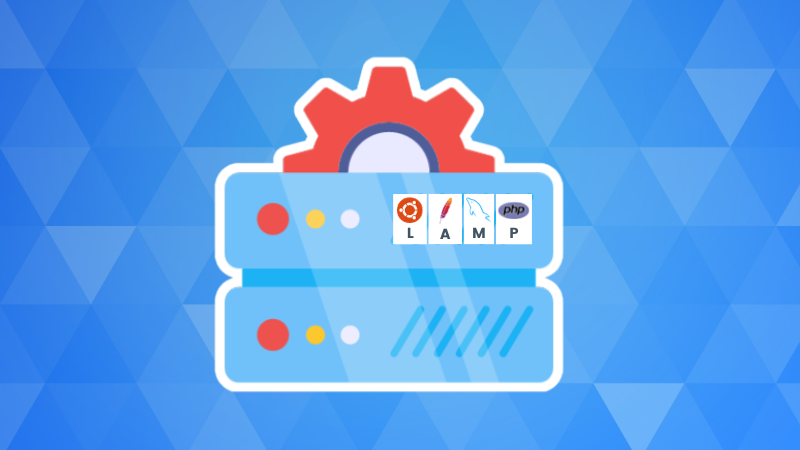
Setting up LAMP Server With an Older PHP Version
It is possible to set up a LAMP server with an older or unsupported PHP version. You can also use multiple PHP versions for different web services on the same server. Here's what I did.
· Helder

Install and Setup MiniKube on Ubuntu
Deploy Kubernetes cluster on your local Ubuntu system with minikube and start exploring Kubernetes.
· LHB Community

How to Find Current User Account in Linux
Here's a quick tip about getting the current user detail in Linux command line.
· Sagar Sharma

PikaPods Review: Self-Hosting Open Source Apps With a Click of a Button
Want to self-host but got no time to deal with the configuration and maintenance challenges? PikaPods can be your friend.
· Abhishek Prakash
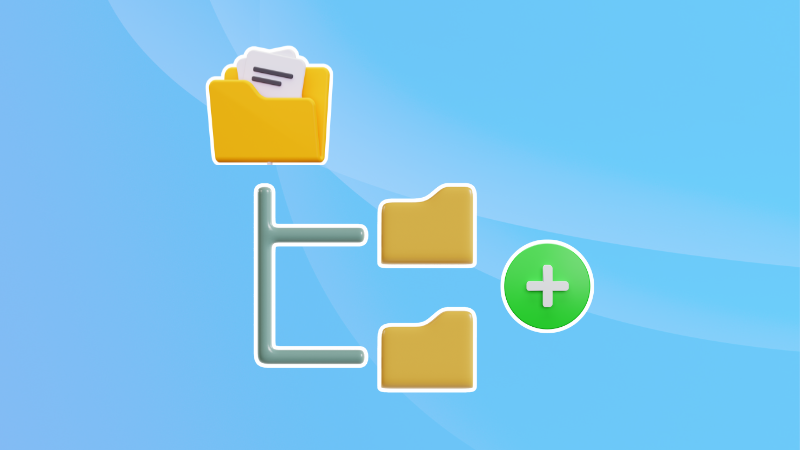
Add to Path in Linux
Installed a new software and want to run it from anywhere? You need to modify the PATH variable. Learn how to add to path in this quick tutorial.
· Sagar Sharma
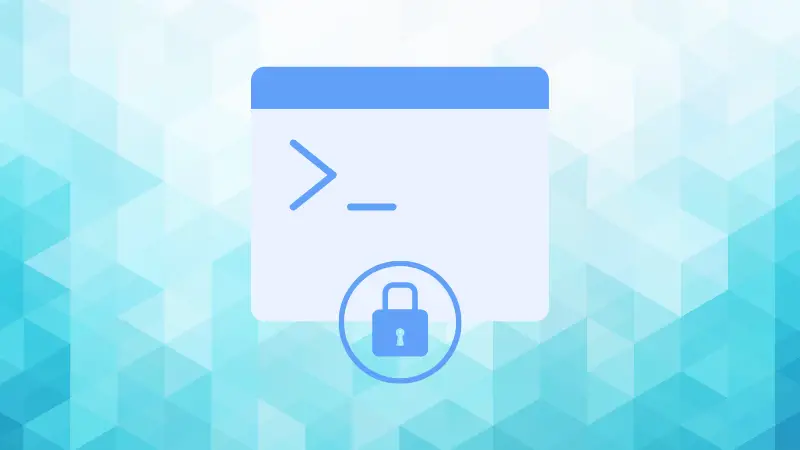
flock Command Examples
A less common but helpful in certain scenarios, flock command is used for locking certain files in Linux.
· Sagar Sharma
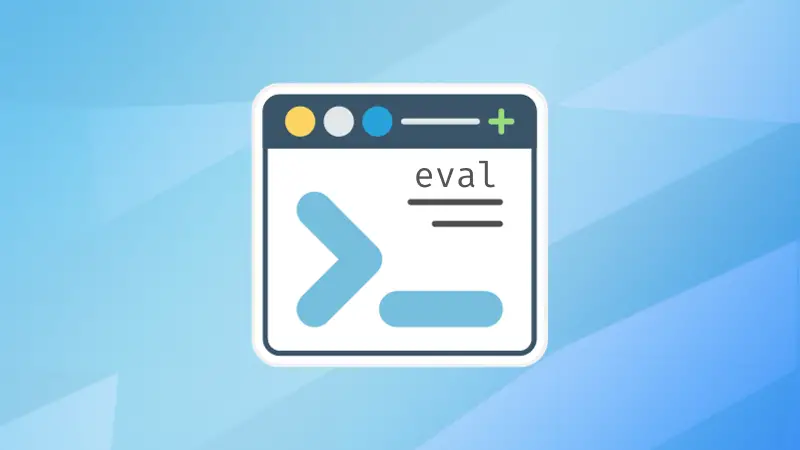
Use eval Command in Linux
The eval command let's you execute arguments as a shell command. You can combine arguments into a single string, use the result as input to the shell and execute the resulting commands.
· Sagar Sharma

How to Start systemd Services on Boot
Learn to automatically start systemd services at boot time in this quick Linux tip.
· Sagar Sharma

Use hash Command in Linux
The hash command in Linux allows you to quickly get the list of commands you executed in the current session.
· Sagar Sharma

What are utmp, wtmp, and btmp Files in Linux?
The utmp, wtmp and btmp files has nothing to do with time. They store records of login related activities. Learn more about them.
· Sagar Sharma

Use Read Command to Get User Inputs Into an Array in Bash
Learn how to use the read command to get the user input into an array in bash scripts.
· Sagar Sharma

Use logname Command in Linux
One of the simplest commands, logname gives you the name of the currently logged in user in Linux.
· Sagar Sharma